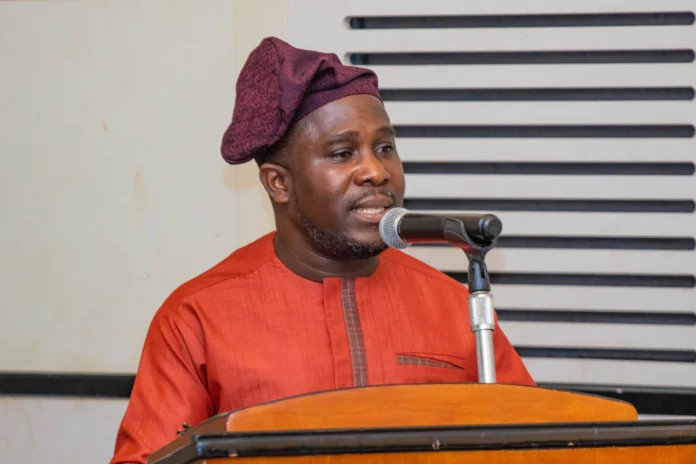The Executive Director of the Institute of Energy Security (IES), Nana Amoasi VII, has said the Public Utilities and Regulatory Commission (PURC) cannot pick and choose when it desires to apply the variables for tariff adjustments.
Although, he said there was nothing wrong with the methodology that PURC used in computing the tariff for electricity, the way and manner the commission chooses to go about it is a concern to IES.
Speaking on Ghana Tonight on TV3 Tuesday, August 22, Nana Amaosi VII said in relation to the tariff adjustments “There is absolutely nothing wrong with the methodology used by the PURC in computing the average end-user tariffs for electricity. However, we are concerned about the application. They choose and pick when to apply each of the variables.
“For the variables used in the methodology, we have the Cedi-Dollar exchange rate as one, inflation as another variable, the electricity generation mix, basically thermal and hydro generation contribution as another, and the average cost of gas as a net variable.
“These are very key components that must be factored in computing electricity tariffs, there is nothing wrong with it. But when you choose and pick when to apply the changes in these variables it is a cause for concern.”
He added “…We are in the third quarter of the year and the PURC comes again and says that the weighted average cost of gas has gone up to some 8.1 Dollar per million British Thermal Units, but they failed to give the reasons for which this has gone up compared to the second quarter that really attributed the cost to the end gas price going up. In this one, they failed, and so we are looking for consistency in the application of the variables.”
The PURC has reviewed upward utility tariffs for some customers while others will see no adjustments to their bills.
Under its Quarterly Tariff Review Mechanism and Guidelines, the Commission decided on tariff payments for customers from Friday, September 1 to the end of this year.
It approved a 4.22 percent increase for electricity across the board for non-lifeline residential customers.
However, there will not be any increment for lifeline customers, industrial customers, and non-residential customers like hairdressing saloons, barbering shops, chop bars, tailoring and dress-making shops, cold stores, and other small- and medium-scale businesses.
For water, a 1.18 percent increment was approved for all customers except lifeline customers, who will see no increment in tariffs.
According to the PURC, it was guided “by the ultimate interest of consumers, the financial viability of the utilities, and the general economic conditions prevailing in the country”.
It said three main reasons guided the adjustments.
Firstly, inflation, the exchange rate and the electricity generation mix particularly the weighted average cost of natural gas influenced the decision to get customers to pay the real cost of supply of utility services.
Secondly, concerns of the Association of Ghana Industries (AGI) were taken into consideration so that cross subsidisation between industrial customers and residential customers is reduced. Thus, the adjustments, which favour industry, “will support the growth and competitiveness of industry, and as part of a significant contribution towards Ghana’s industrialization drive, and enhance opportunities for job creation”.
Thirdly, according to the PURC, the decision is to “ensure that the utilities are financially viable to sustain supply of services, while reducing the burden on consumers, especially lifeline customers”.


